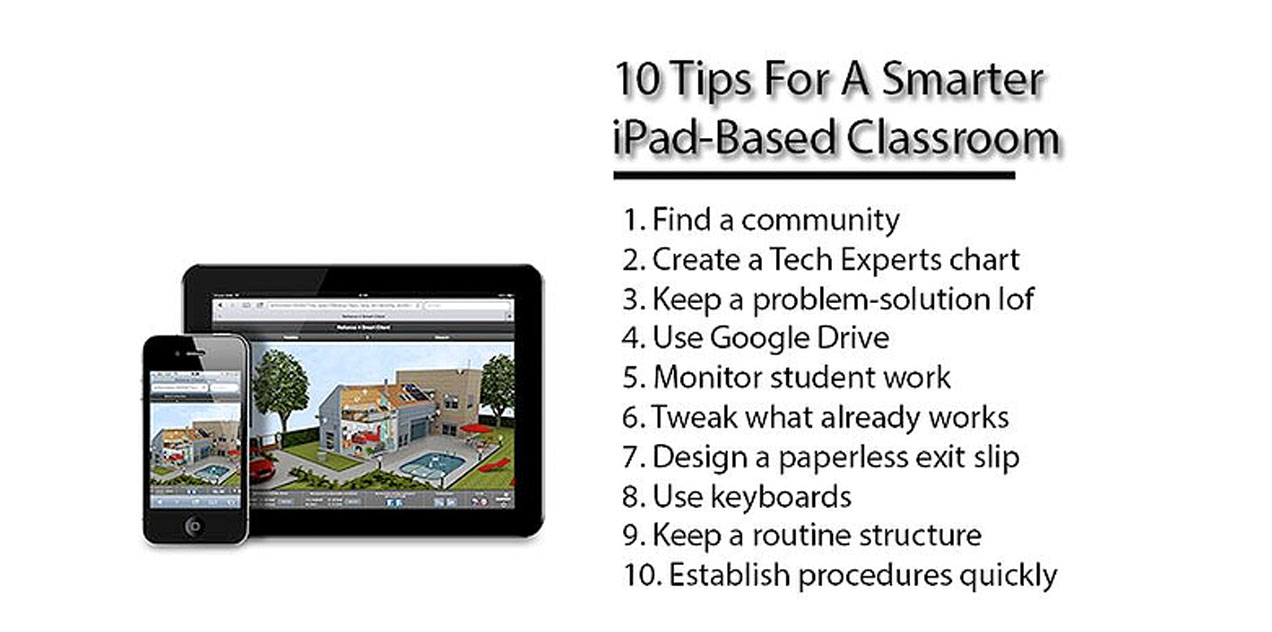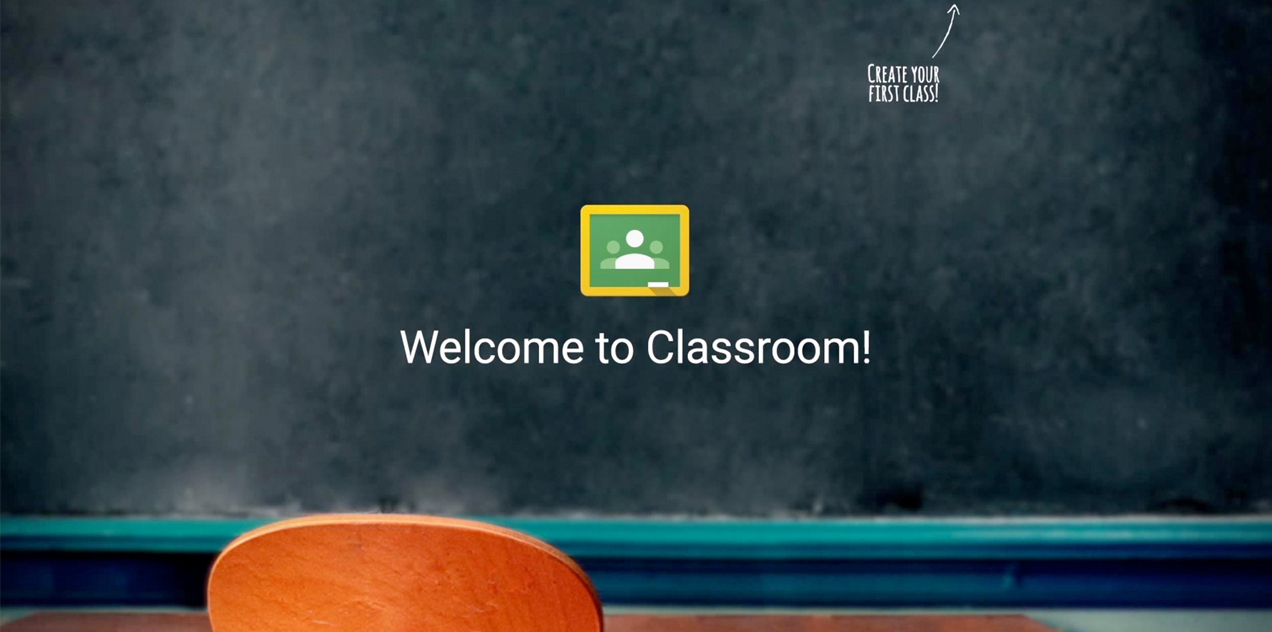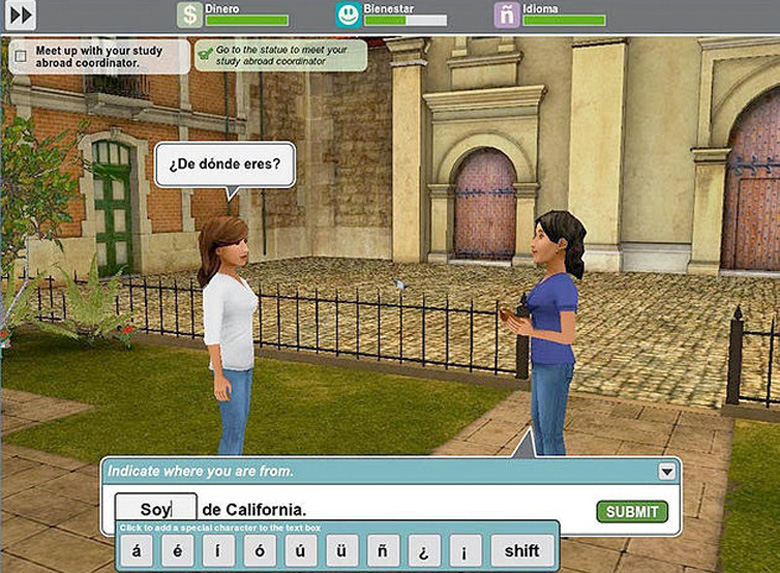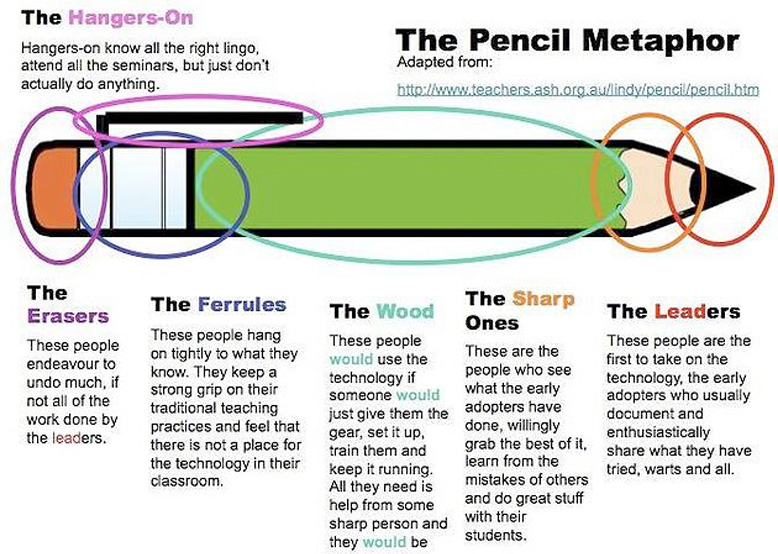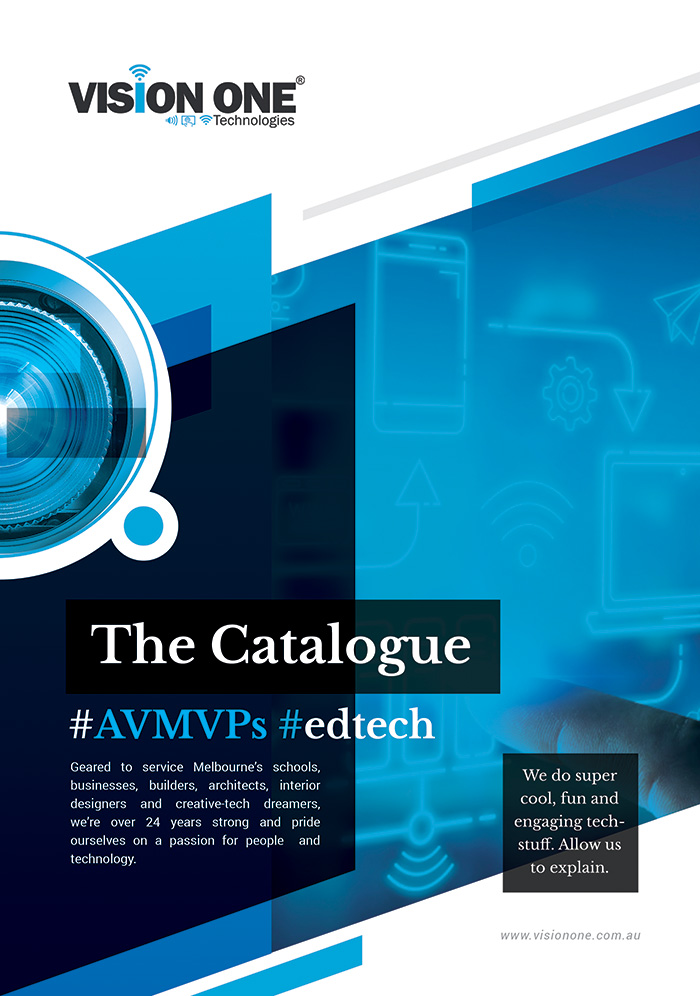Five Ways to Bring Innovation Into the Classroom
1. INFUSE PASSION INTO LEARNING. Nine Tenets of Passion-Based Learning. Educators who focus on integrating...
10 tips for a smarter iPad-based classroom
iPad-based learning is ever-present in the 2014 classroom environment. But do you and your staff...
Technology should serve as a tool for better education, not replace the human interaction
New technology should serve as a tool for a better education, though the human being...
The history of technology in education
Check out this clever and quick look at how advancements in technology have impacted teaching and...
5 Tips to Help Teachers Who Struggle with Technology
*Article written by Josh Thomas, school teacher* "I'm not very tech savvy" is the response...
Students to never miss homework again with Google Classroom
To mark Teacher Appreciation Day on 6 May in the US, Google has launched a...
Can technology change education?
Raj Dhingra is a twenty-year veteran of the technology industry with an extensive track record...
The future and impact of the educational video game
The days of purely teaching students through text books is something that should be found...

